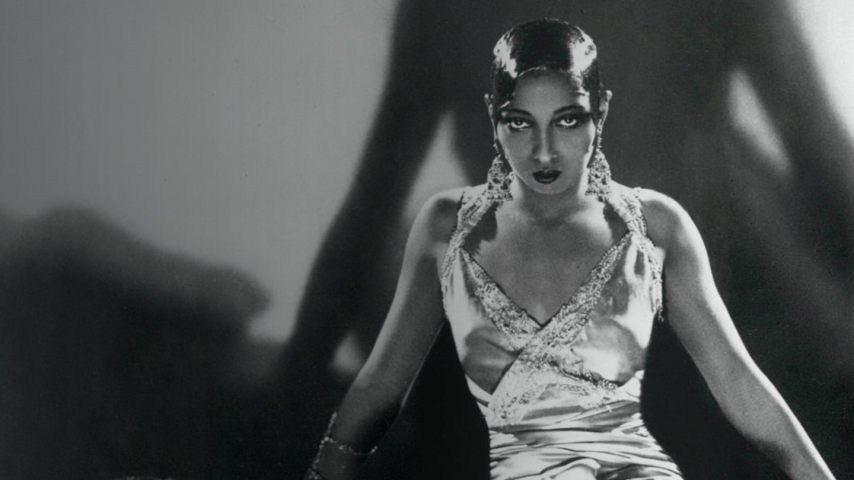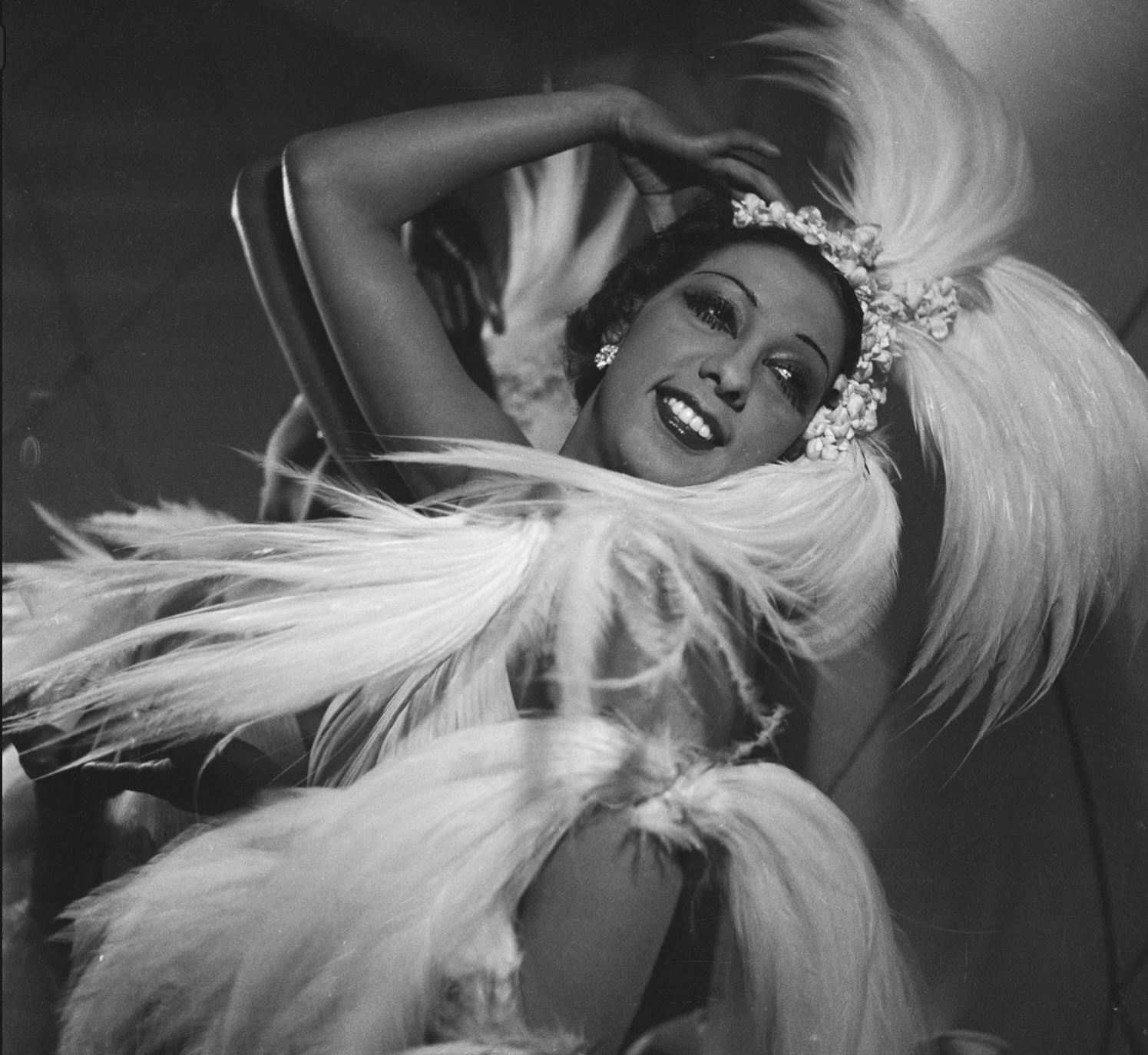
Photo credits: Verzetsmuseum. Josephine Baker
Secrets of Success, Love, and Life: The Legacy of the World’s Visionaries. A recurring Monaco Voice column exploring the lives, achievements, and philosophies of the world’s most influential visionaries, uncovering the secrets behind their success and enduring legacies curated by actress Vladyslava Garkusha.
Dancer, actress, singer, spy, mother, she was a force who refused to live quietly.
From St. Louis Streets to Paris Lights
Josephine Baker was born Freda Josephine McDonald on June 3, 1906, in St. Louis, Missouri. Her beginnings were anything but glamorous. Poverty shadowed her early years, and by the age of eight, she was already working to help her family survive. As a teenager, she ran away - first from her city, then from her country. In her own words:
“I ran away from St. Louis, and then I ran away from the United States, because of that terror of discrimination.”
That decision changed everything. In 1925, at just 19, she boarded a ship to Paris.
Sometimes, success starts with a very practical first step: running away in the right direction.
The Making of a Legend
In Paris, Baker debuted in La Revue Nègre at the Théâtre des Champs-Élysées with her “Danse Sauvage.” She was magnetic, bold, and unmistakably herself. Her famous banana-skirt routine at the Folies Bergère became the very image of the Roaring Twenties. Europe adored her. America, not so much - at least, not yet. Baker understood her power and her art. She once explained:
“A violinist had his violin, a painter his palette. All I had was myself. I was the instrument that I must care for.”
By the late 1930s, Josephine was one of the most famous women in the world. Yet she was never content with art alone. When World War II broke out, she became a spy for the French Resistance, smuggling messages in invisible ink on her sheet music and using her celebrity as a cover. Fame allowed her to cross borders unchecked, making her one of the most effective couriers in wartime Europe. France later awarded her the Croix de Guerre, the Resistance Medal, and the Legion of Honour.

Photo credits: Britannica. Gaston Paris-Roger-Viollet. Josephine Baker
Love, Marriages, and the Rainbow Dream
Josephine married four times: first to Willie Wells, then to William Howard Baker (whose surname she retained professionally); in 1937 to French industrialist Jean Lion (through which she became a French citizen); and finally, in 1947, to French conductor Jo Bouillon.
As she once reflected, “I have married thousands of times because every man I loved has been my husband.”

Photo credits: Alfred Eisenstaedt. Baker receiving a congratulatory kiss on the nose from her husband, Jo Bouillon, after her show at the Strand Theater during her U.S. tour, 1951
Baker’s most extraordinary experiment in love, however, was her creation of what she called the “Rainbow Tribe.” Unable to bear biological children, she adopted twelve children from a wide array of nations - Japan, Finland, Algeria, Colombia, Côte d’Ivoire, Morocco, Israel and France - raising them together at her estate, Château des Milandes, in the Dordogne. Her vision was to demonstrate that children of different faiths, races and nations could grow up united in harmony. She said,
“Surely the day will come when color means nothing more than the skin tone… when understanding breeds love and brotherhood.”

Photo credits: Verzetsmuseum. Baker and her ‘Rainbow Tribe’ in Amsterdam, 1964
Her children themselves have offered reflections on growing up in this singular household:
“She was a great artist, and she was our mother. Mothers make mistakes. Nobody’s perfect.” - Akio Bouillon, adopted son from Japan.
“Strict. About everything. Discipline was key. We were not allowed to put our elbows on the table, not to speak until spoken to.” - Jeannot Bouillon, adopted son.
From 1964 onwards, she struggled with mounting debts and tax authorities. A lifeline came from her friend, Princess Grace of Monaco, who offered Baker and her family a home in Roquebrune, ensuring that the Rainbow Tribe would have a safe place to live.
Speaking Truth to Power
Though Paris had crowned her its darling, Baker never forgot the sting of segregation in America. During the civil rights movement, she returned to the United States - this time on her own terms. She refused to perform for segregated audiences and spoke at the 1963 March on Washington alongside Martin Luther King Jr.
She said: “I have walked into the palaces of kings and queens and into the houses of presidents. And much more. But I could not walk into a hotel in America and get a cup of coffee, and that made me mad.”
The Final Bow
Josephine Baker died on April 12, 1975, in Paris, just days after a triumphant comeback performance celebrating her 50 years in show business. France gave her a state funeral - the first American-born woman ever to receive one. In 2021, she became the first Black woman inducted into the Panthéon, resting among France’s national heroes.
As Baker once said: “I had to succeed. I would never stop trying, never.” And she didn’t.

